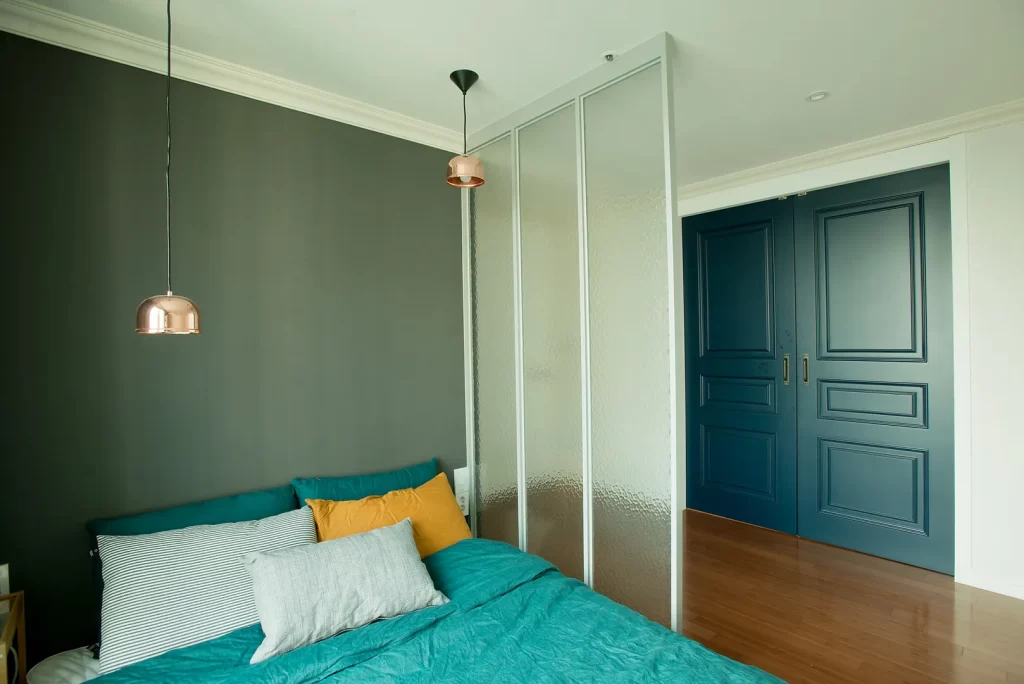Soundproof Sanctuary: Strategies to Block Out Traffic Noise in the Bedroom
Introduction
For many, the bedroom serves as a sanctuary, a place to unwind, relax, and escape the stresses of the day. However, when traffic noise disrupts this haven, it can impact both sleep quality and overall well-being. Fortunately, there are effective ways to mitigate and block out traffic noise, creating a peaceful retreat within your bedroom. In this comprehensive guide, we’ll explore strategies to combat traffic noise, providing solutions that range from simple adjustments to more substantial modifications.
Understanding the Impact of Traffic Noise
Traffic noise can be a persistent challenge, especially for those living in urban or high-traffic areas. The constant hum of cars, honking horns, and other street sounds can permeate into your living space, affecting your ability to rest and recharge. Addressing this issue involves a multi-faceted approach that considers both external and internal factors.
Strategies to Block Out Traffic Noise
1. Upgrade Windows and Doors
a. Double-Glazed Windows:
- Consider replacing single-pane windows with double-glazed windows. The extra layer helps in reducing sound transmission.
b. Weatherstripping:
- Ensure that windows and doors are properly sealed with weatherstripping to minimize gaps where sound can enter.
2. Install Heavy Curtains or Drapes
a. Thick Fabric:
- Opt for heavy, dense curtains made of thick fabric to act as a barrier against noise infiltration.
b. Floor-to-Ceiling Length:
- Choose curtains that extend from the ceiling to the floor to cover the entire window area and prevent sound leakage.
3. Use White Noise Machines or Apps
a. Background Noise:
- White noise machines or apps can create a consistent background noise that helps mask the sounds of traffic.
b. Nature Sounds:
- Some people find nature sounds or gentle music effective in drowning out unwanted noise.
4. Add Soft Furnishings
a. Area Rugs:
- Place thick area rugs on the floor to absorb sound and minimize the impact of noise bouncing off hard surfaces.
b. Cushions and Throws:
- Decorate your bed and seating areas with cushions and throws made of soft, sound-absorbing materials.
5. Seal Gaps and Cracks
a. Silicone Sealant:
- Seal any gaps or cracks in windows, doors, and walls with silicone sealant to prevent sound from entering.
b. Draft Stoppers:
- Use draft stoppers at the base of doors to block gaps and reduce sound infiltration.
6. Consider Noise-Reducing Furniture
a. Bookshelves:
- Place bookshelves or other dense furniture along external walls to act as sound barriers.
b. Thick Headboards:
- Opt for a thick, padded headboard for your bed to absorb sound and create a buffer.
7. Explore Acoustic Panels
a. Strategically Placed Panels:
- Install acoustic panels on walls to absorb and dampen sound. Place them strategically in areas where noise penetration is most significant.
b. Decorative Options:
- Acoustic panels come in various designs, allowing you to choose options that complement your bedroom decor.
8. Use Earplugs or Noise-Canceling Headphones
a. Custom-Fit Earplugs:
- Invest in custom-fit earplugs designed to block out specific frequencies, including traffic noise.
b. Quality Noise-Canceling Headphones:
- Noise-canceling headphones with quality sound insulation can be an effective solution for minimizing external noise.
9. Build a Soundproof Feature Wall
a. Mass-Loaded Vinyl (MLV):
- Consider building a feature wall using mass-loaded vinyl, a dense material known for its soundproofing properties.
b. Double Drywall:
- Another option is to add a layer of double drywall to selected walls, creating a thicker barrier against noise.
10. Plant Trees or Install Greenery Outside
a. Natural Sound Barrier:
- Planting trees or installing greenery outside your bedroom window can act as a natural sound barrier.
b. Dense Foliage:
- Opt for trees or plants with dense foliage to provide effective sound absorption.
Frequently Asked Questions:
Q1: Can I soundproof my windows without replacing them?
A1: Yes, you can improve window soundproofing without replacing them by using heavy curtains, adding weatherstripping, or applying window films designed for sound reduction.
Q2: What is the most effective way to soundproof a bedroom wall?
A2: The most effective ways to soundproof a bedroom wall include using acoustic panels, mass-loaded vinyl (MLV), or double drywall with insulation.
Q3: Are noise-canceling curtains effective against traffic noise?
A3: Noise-canceling curtains can help reduce traffic noise by providing an additional layer of sound absorption. However, combining them with other soundproofing methods yields better results.
Q4: Do draft stoppers help with soundproofing?
A4: Yes, draft stoppers placed at the base of doors can help with soundproofing by blocking gaps and preventing noise infiltration.
Q5: How effective are white noise machines in blocking traffic noise?
A5: White noise machines can be effective in masking and minimizing the impact of traffic noise by providing a constant background sound.
Q6: Can acoustic panels be aesthetically pleasing?
A6: Yes, acoustic panels come in various designs and colors, allowing you to choose options that enhance your bedroom decor while serving the purpose of sound absorption.
Q7: Are there affordable options for soundproofing a bedroom?
A7: Yes, affordable options include using heavy curtains, draft stoppers, rugs, and soft furnishings. These measures can contribute significantly to reducing noise without a substantial cost.
Q8: Can plants really help reduce traffic noise?
A8: Yes, strategically placing trees or dense foliage outside your bedroom window can act as a natural sound barrier and contribute to reducing traffic noise.
Q9: Can I soundproof an apartment bedroom effectively?
A9: While complete soundproofing may be challenging in an apartment, you can employ various strategies like heavy curtains, rugs, and acoustic panels to minimize and mitigate traffic noise.
Q10: Do noise-canceling headphones work for sleeping?
A10: Yes, noise-canceling headphones can be effective for sleeping by blocking or masking external noise. Look for models designed for comfort during sleep.
Conclusion
Transforming your bedroom into a tranquil haven amidst traffic noise involves a combination of strategies that cater to both soundproofing and aesthetic preferences. Whether you opt for window upgrades, heavy curtains, acoustic panels, or natural sound barriers like plants, the key is to create a multi-layered defense against unwanted noise. Experiment with different methods to find the combination that suits your needs, allowing you to enjoy restful nights and peaceful moments in your soundproof sanctuary.



